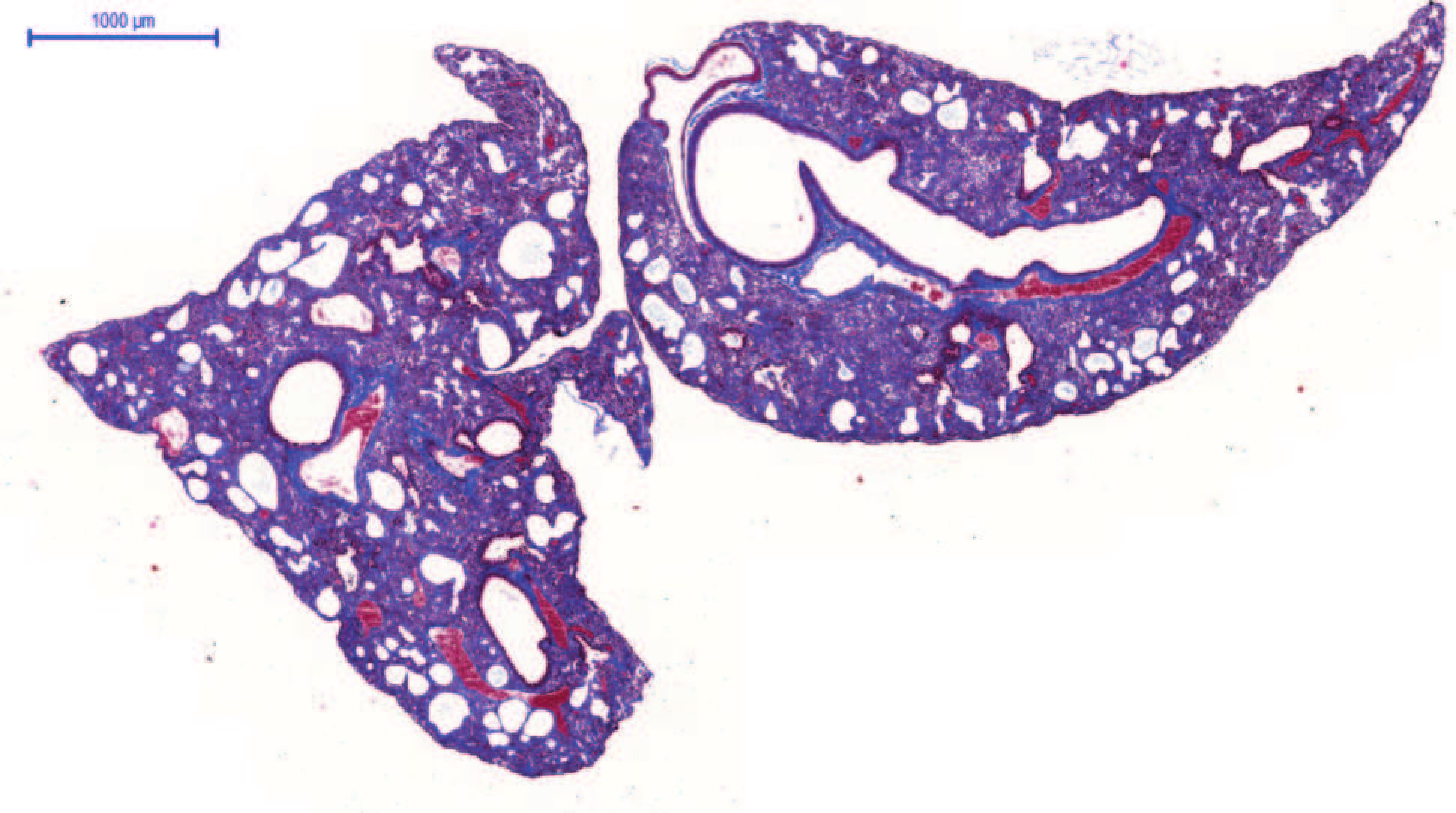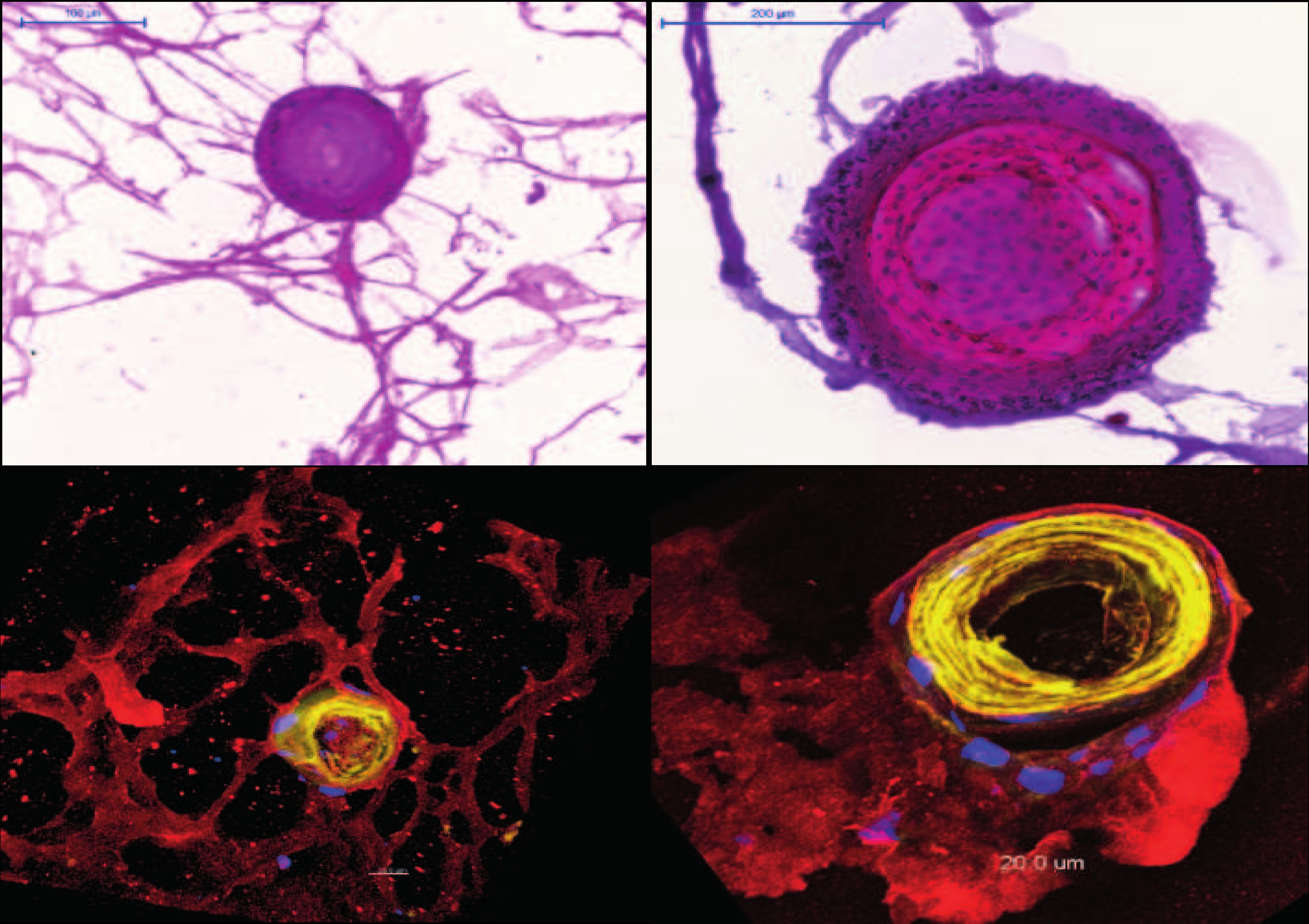Airway basal cells as key cells in the pathogenesis of pulmonary fibrosis
Prof. Antje Prasse, Dr. Benedikt Jäger and their team provide important insights into idiopathic pulmonary fibrosis (IPF) – a fatal disease with limited treatment options – with their paper “Airway basal cells show a dedifferentiated KRT17highPhenotype and promote fibrosis in idiopathic pulmonary fibrosis” (https://rdcu.be/cWk1T; DOI: 10.1038/s41467-022-33193-0) published in “Nature Communications”.


The authors showed that airway basal cells from patients with IPF are reprogrammed, display an aberrant phenotype and are profibrotic. The research group established two novel in vitro and in vivo models to study the functional aspects of airway basal cells. Firstly they used an organoid model based on airway basal cells and fibroblasts. Secondly they established a new humanized mouse model in which they injected airway basal cells derived from IPF patients. This xenograft mouse model resembles architectural distortion and bronchialization of IPF tissues much better than any other mouse model currently used in the field. In the second part of their paper the authors performed intense bioinformatic analyses, including an in silico prediction model for compounds potentially modulating airway basal cells in IPF. Compounds inhibiting the src signaling pathway were among the top hits in their prediction model. Further analyses showed that the src airway basal cell inhibitor saracatinib modifies the profibrotic changes observed in their 3D organoid model as well as in their novel xenograft mouse model. In conclusion, their findings establish airway basal cells as key player in IPF.
 Fraunhofer Institute for Toxicology and Experimental Medicine
Fraunhofer Institute for Toxicology and Experimental Medicine